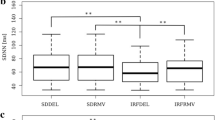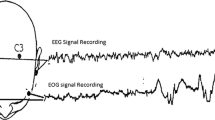Abstract.
In recent years evidence has accumulated that ECG signals are of a nonlinear nature. It has been recognized that strictly periodic cardiac rhythms are not accompanied by healthy conditions but, on the contrary, by pathological states. Therefore, the application of methods from nonlinear system theory for the analysis of ECG signals has gained increasing interest. Crucial for the application of nonlinear methods is the reconstruction (embedding) of the time series in a phase space with appropriate dimension. In this study continuous ECG signals of 12 healthy subjects recorded during different sleep stages were analysed. Proper embedding dimension was determined by application of two techniques – the false nearest neighbours method and the saturation of the correlation dimension. Results for the ECG signals were compared with findings for simulated data (quasiperiodic dynamics, Lorenz data, white noise) and for phase randomized surrogates. Findings obtained with the two approaches suggest that embedding dimensions from 6 to 8 may be regarded as suitable for the topologically proper reconstruction of ECG signals.
Similar content being viewed by others

Author information
Authors and Affiliations
Additional information
Received: 7 June 1999 / Accepted in revised form: 10 December 1999
Rights and permissions
About this article
Cite this article
Fell, J., Mann, K., Röschke, J. et al. Nonlinear analysis of continuous ECG during sleep I. Reconstruction. Biol Cybern 82, 477–483 (2000). https://doi.org/10.1007/s004220050600
Issue Date:
DOI: https://doi.org/10.1007/s004220050600



